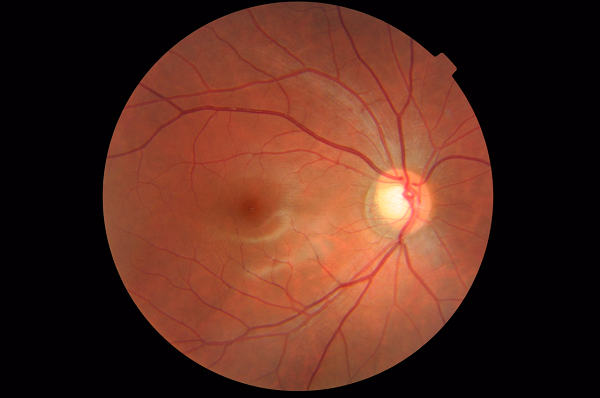
 8:32
8:32
Homeopathy: Real Medicine or Hoax? An Explanation.
Find out exactly what homeopathy is and how it works with this fascinating video.
 5:14
5:14
Studying Dolphins May Be Key to Advancing Medicine
Scientists have noticed a strange behavior in red sea dolphins, and they believe this is a form of self-medication. Learn why this discovery is so important.

Not Only Covid-19: 5 Historically Significant Vaccines
Infectious diseases were a problem long before Covid-19. These are 5 of the most historically important vaccines that made the world safer.
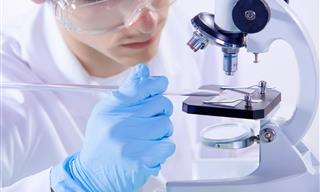
5 World-Changing Medical Advances From the Past Decade
Perhaps the most important technological advancements are those related to healthcare. Here are 5 such incredible medical breakthroughs from the past decade.

Viagra May Hold the Key to Preventing Colorectal Cancer...
A new study shows that Viagra may be able to help prevent the onset of colorectal cancer. Find out all about it here.
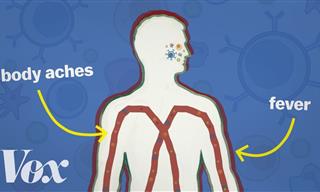 7:17
7:17
Vaccinations SHOULD Trigger Side Effects, Here’s Why
Once you watch this video and understand why vaccine side effects happen, you may even be happy to get that headache.
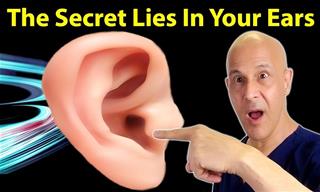 8:03
8:03
The 30-Second Ear Trick That Calms Your Nervous System
This quick ear exercise stimulates the vagus nerve, which plays a key role in relaxation and healing.
 7:10
7:10
Guide: How to Set Achievable Health Goals for the New Year
Here's a guide on how to set meaningful health goals for 2025.

I Never Knew That Cassia Cinnamon Is Poisonous!
Not all cinnamon is good for you. Shockingly, most of the cheap cinnamon, cassia, can cause liver damage. Here's how to avoid it.
 5:25
5:25
Revive Aging Skin with These Doctor-Approved Hacks
Get rid of dry, wrinkled skin with these effective, doctor-approved tips.
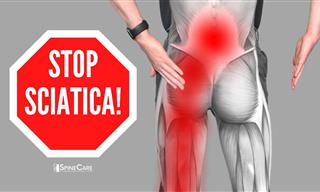 11:55
11:55
Sciatica Back and Leg Pain - 5 Pain Relieving Exercises
Flareups are common for sciatica, but they can be managed and reduced with the help of specific exercises and stretches.

New Study: Does Viagra Protect Against Alzheimer's?
This 2024 study finds fascinating evidence linking sildenafil to the prevention of Alzheimer's disease
 1:35
1:35
Finally An Answer: Is Cracking Your Knuckles Bad For You?
Have you ever wondered what is that cracking noise and whether or not it's bad for you?
 23:18
23:18
4 EASY Dizziness Exercises for Home Vestibular Rehab
Treat dizziness, vertigo, and motion sensitivity at home with these exercises.
 10:30
10:30
These Exercises Bring Relief to Sciatica and Nerve Pain
A pinched nerve in the back can be a bothersome chronic condition with frequent flareups. Here's how to bring instant relief to this type of back and leg pain.
 22:25
22:25
Learn Five Key Exercises for Shoulder Impingement Recovery
In this video, Dr. David will guide you through the top 5 shoulder impingement exercises to help you recover and regain your strength.
 7:47
7:47
Health Advice: Can Too Much Iron Make You Age Faster?
Let’s take a closer look at how iron affects aging and what you can do about it.

Make Your Aches & Pains Disappear Using This Method
If you suffer from aches and pains, use reflexology and acupressure to help alleviate the pain.

Eat These Delicious Herbs & Spices for a Healthy Heart
Add these delicious herbs and spices to your diet today to benefit your heart health.
 1:22
1:22
WATCH: What Do Your Fingernails Say About Your Health?
Your fingernails can say a whole lot about your health, and this video will show you why you should pay more attention to them in the event of abnormalities.
 6:32
6:32
Unusual Signs of Vitamin B3 Deficiency You Mustn't Ignore
You may not realize you have Vitamin B3 deficiency!
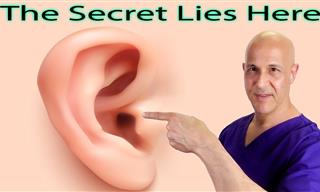 11:06
11:06
Use These Ear Tips to Recharge Your Body Naturally
This simple action can help to boost blood flow and balance hormones.

7 Anxiety-Inducing Activities You Are Unknowingly Doing
Be careful! These supposedly calming common habits are making you more anxious.
 9:08
9:08
The Symptoms of a Fatty Liver and How to Treat it!
Fatty deposits on your liver can seriously hinder its function. In this video, Dr. Berg explains the symptoms of a fatty liver and how to treat it.

Study Shows: Microplastics Found in Scary Places...
A subsequent study in Hawai'i, analyzing donated placentas from 2006 to 2021, underscored a significant rise in plastic contamination over time.

12 Superfoods That Burn the Fat Off Your Diet!
These great superfoods should be part of everyone's meal!

The Whole Truth About GLP-1 Drugs for Heart and Brain
GLP-1 medications, widely prescribed for weight loss, show promise in improving brain and heart health, but may pose risks to the kidneys, pancreas, and gastrointestinal (GI) system.
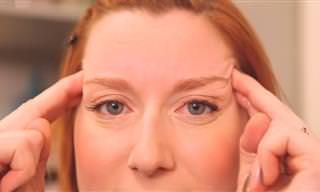 1:48
1:48
This 1-Minute Headache Technique is Incredible!
There are 3 natural methods that you can do to get rid of your headache in minutes!
 16:04
16:04
Transform Your Health with These Amazing Neck Techniques
These neck drills won't just relieve your neck discomfort, but will also treat a variety of neurological problems.

12 Things that Harm Your Lungs as Much as Smoking
To protect your lungs, it is recommended to familiarize yourself with 12 factors that harm them and learn how to protect yourself.
 14:18
14:18
Learn Three Vagus Nerve Exercises for Anxiety Relief
In this video, you'll be shown three exercises of the vagus nerve to help mitigate anxiety and promote peacefulness.

Ingrown Toenails – Myths, Facts, and How to Treat Them
Having an ingrown toenail can be an annoyance at best, and a dangerous medical condition at worst. Learn how to treat and prevent it.
 6:27
6:27
Zero Sugar: What You REALLY Need to Know
Are zero sugar foods really healthy? Let’s find out…
 23:00
23:00
Foot and Leg Pain? Try These Neuropathy Exercises
Peripheral neuropathy can be a real challenge, especially for older adults. But you can manage its symptoms with these gentle exercises.
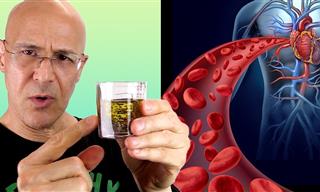 7:12
7:12
Want to Keep Your Arteries Clean? Give This Drink a Try
Keep your heart healthy with this amazing little drink.
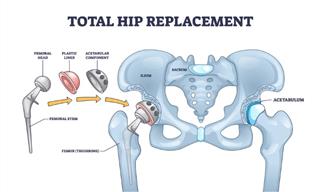
Medical Guide: All About Hip Replacement Surgery
Hip replacement surgery can alleviate pain, restore hip function, and improve mobility and quality of life.
 16:35
16:35
Low-Impact Cardio for Seniors: No Equipment Needed
This 16-minute standing cardio and balance workout is designed with seniors in mind.

6 Pressure Points to Ease Knee Pain Naturally
you can reduce pain caused by osteoarthritis, bursitis, tendonitis, and injuries to cartilage and ligaments using the following 6 pressure points.
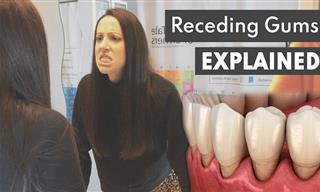 6:31
6:31
7 Easy Ways to Reverse Receding Gums Naturally
Worried about your receding gums? These useful tips will help…
 8:15
8:15
Fix Shoulder Pain, Rotator Cuff Injuries & Impingement
A deeper look into why addressing scapular dysfunction can be a game-changer and how you can effectively fix these common shoulder ailments once and for all.
 3:17
3:17
WARNING: Why You Should Stay Away From Star Fruit
Hear more about the star fruit, and why you too should avoid it to prevent the risk of brain damage.
 1:54:34
1:54:34
Microbiome Expert: Eat This to Heal Your Gut
This pivotal work outlines the detrimental shifts within our gut health and provides a precise, practical blueprint for rejuvenation and weight loss.

Exercises: Four Areas in the Body Women Need to Strengthen
Get to know 4 very important areas every woman must strengthen - and of course, how to do so.
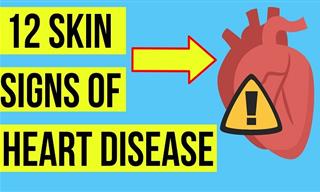 8:45
8:45
12 Skin & Nail Warnings of Heart Health Concerns
These skin and nail signs may indicate heart issues.

All About Gut Health, Prebiotics and Probiotics
Your beginner's guide to everything related to probiotics, prebiotics, and postbiotics.

What to Do When You’ve Eaten Way Too Much Sugar
Feeling tired and sluggish after eating something sweet? Here's how to undo the negative short-term and long-term effects of sugar on your health.
 5:31
5:31
Washing Dishes Without Hurting Your Back? Here’s How
Here's the absolute best method for making dishwashing pain-free.
To enable your Ad-Free Subscription, please fill the fields below
Your subscription was successful, now you can enjoy an ad-free experience!!
Note: To make sure you get no ads, please make sure to log in to your account. If you are logged in already, then refresh the page. The subscription can be cancelled at any time.




